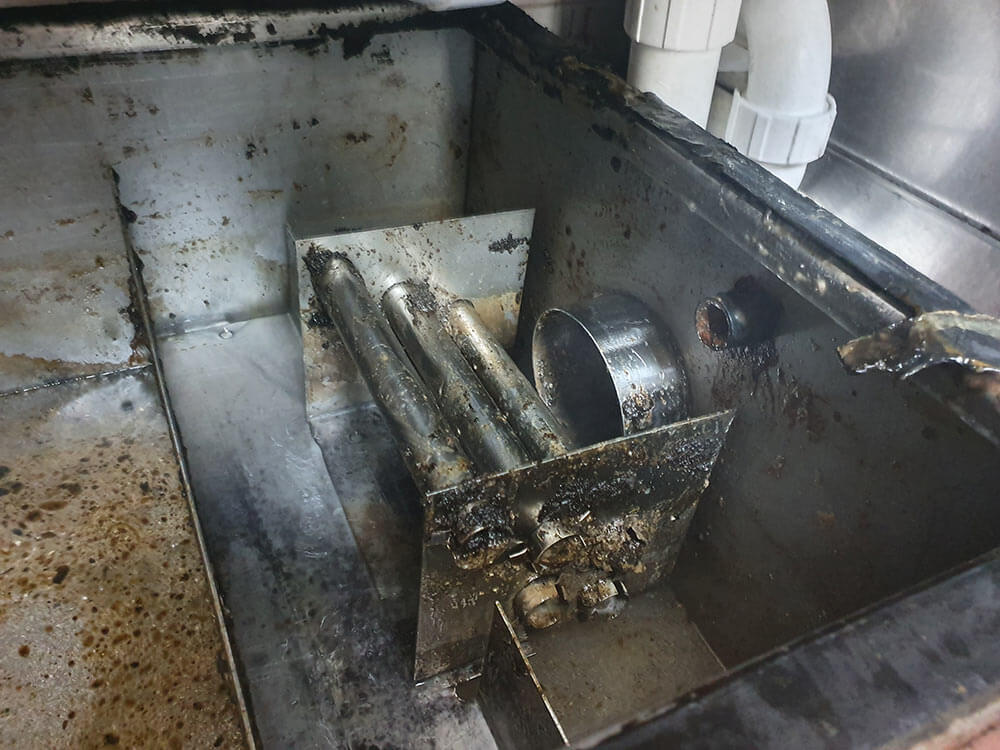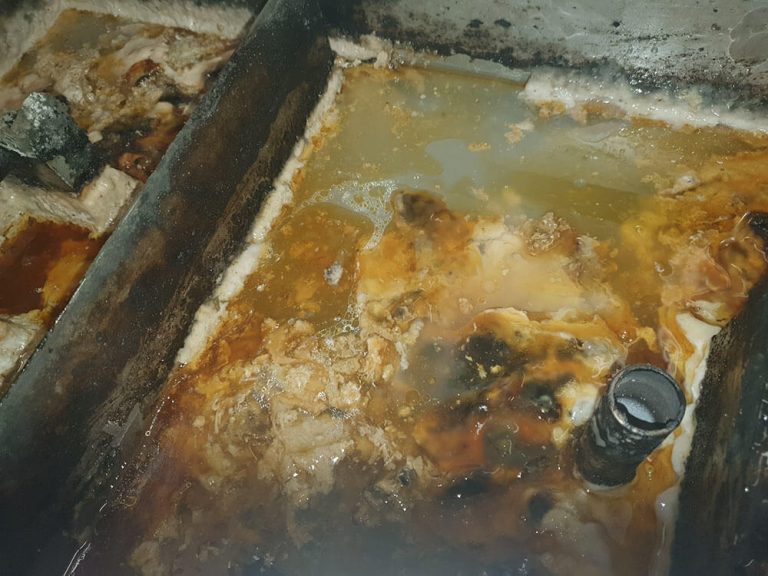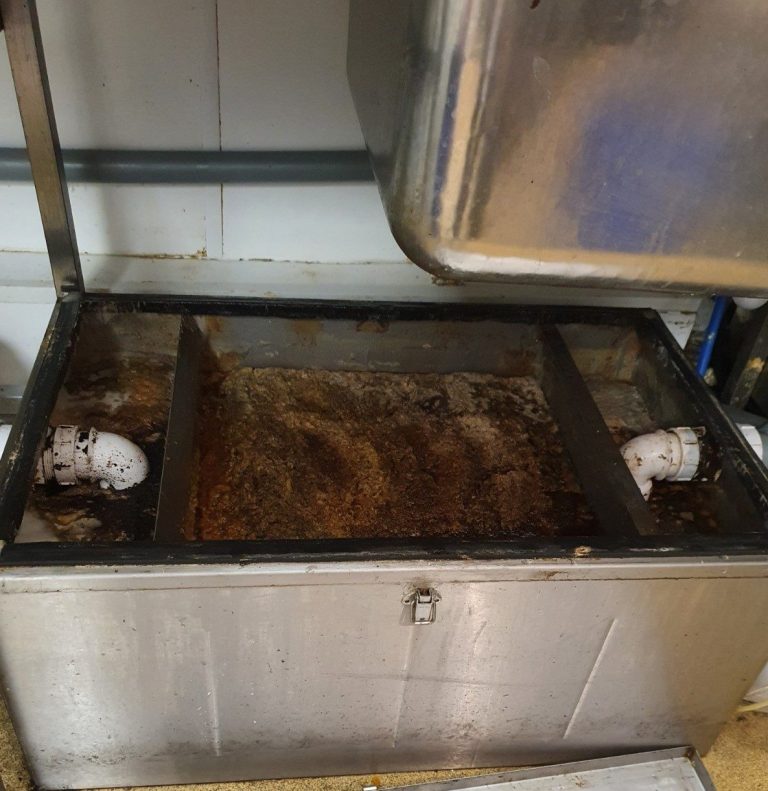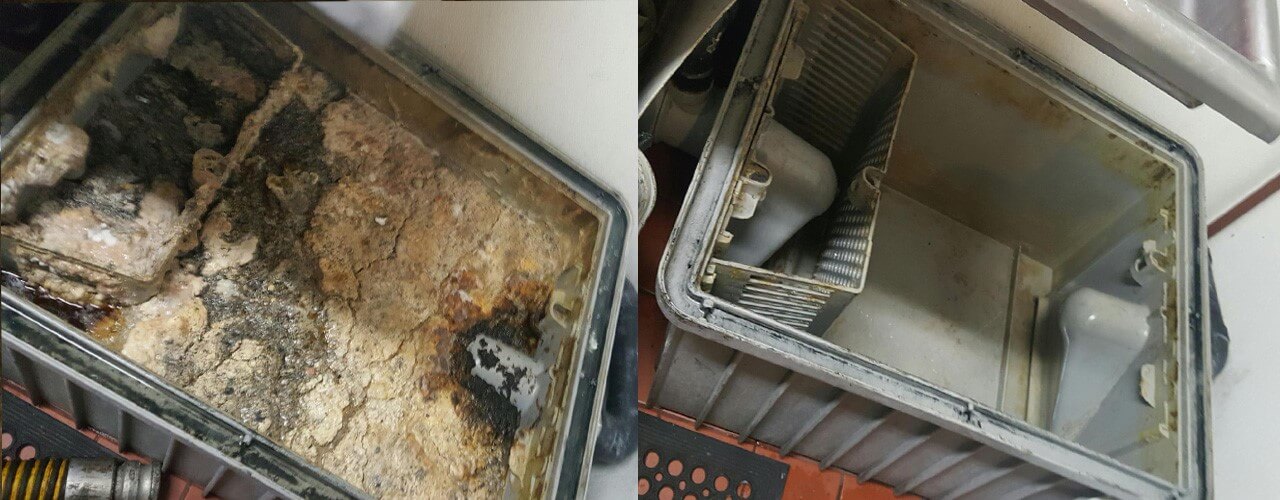Grease Trap and Grease Converter Cleaning
24/7 Grease Trap and Grease Converter Cleaning
At Phoenix Environmental Solutions we understand that cleaning grease converters can be an inconvenience, not to mention the smell !
Let us make the process as easy as possible for you.
Grease converters and grease traps are required under Auckland Council discharge bylaws to minimise fats and oils from disrupting the public network.
Cleaning cycles vary depending on the system usage and food/fat waste entering the system.
Call Phoenix Environmental Solutions
- We will turn up on time
- Provide quick cleaning turn around
- Offer regular cleaning of your outlet to help prevent blockages
- Early/late/weekend cleaning times available to suit your business
- After hours service available
- Great value, fixed price cleaning for converters

We service and clean all brands of Grease Traps and Grease Converters
- Grease trap and grease converter overflows
- Big Dipper
- Dux
- King Custom
- Simply Stainless
- Mac Trap
- Southern Hospitality
- Dux Actamatic Grease Interceptors
- Dux Enduro Grease Interceptors
- LKK Grease Converters
Our Commercial Grease Trap Cleaning Process
Cleaning and maintaining the grease trap and grease converter of your commercial kitchen improves operations and hygiene. Comply with industry hygiene standards.
Let’s take a look at the cleaning process:
Step 1 – Housekeeping
We place a towel down to minimise mess during the cleaning process, followed by either unclipping the lid or undoing the bolts depending on what system you have installed.
Step 2 – Assessment
Assess the converter for consumption levels, this allows us to ascertain if you need to increase or decrease your cleaning regime moving forward along with any parts that may be missing – i.e butterfly screws holding the baffles in place, or the seal condition.
Step 3 – Remove the Grease
We use the industrial wet-dry vacuum to suck out the grease from the trap. The method is not as quick as a truck and hose through your shop, but it’s less disruptive and allows a more detailed clean than a 2-inch truck hose is capable of.
Step 4 – Check the outlet
We remove the outlet cap to allow us to check the outlet and vacuum the pipe. This provides further confidence against future blockages as it shows us that the initial point of the pipe is free and open.
Step 5 – Detailing and flow testing
We then use a scraper to remove any stuck grease waste from the lid, wall sidings and carefully around the baffles (these are sharp so please don’t touch these with care hands). While doing this we have another skim with our vaccum to remove the last few stubborn chunks, and fill the water to the outlet pipes level, this shows us that the outlet is free flowing and we can leave with confidence that the grease converter will continue to do its job.
Step 6 – Removal of Waste, and Waste Disposal
Our waste is then removed from the site, consolidated, then trucked to a liquids waste facility
Frequently Asked Questions
The cleaning frequency of the grease traps depends on the usage. It all depends on how often the kitchen produces fats, oils, grease and solids (FOGS). On average, a thorough cleaning should be done every one to three months for a restaurant with average operations.
Restaurants, kitchens, and cafeterias should schedule regular cleanings & avoid critical cleanings. This ensures proper hygiene of the place and helps the restaurants to maintain their standards.
To get a thorough clean up of your kitchen, give us a call at 027 281 6695 and get your commercial grease trap cleaning done from us.
FOGS (fats, oils, grease, and solids) formation cannot be stopped, however, you can reduce the formation of FOGS in the kitchen. Here are a few tips you can follow to reduce FOGS formation in the kitchen:
- Remove excess food from all the plates, pots, and pans before putting them in the sink
- Ensure that the drain is away from the fryer and cooking stations
- Plan your food disposal properly to avoid any oil emulsification and decrease the efficiency of the grease trap
The services we offer depend on the size of the operation. There are no hidden costs or charges with our services; just a simple price for the services you ask for.
To get a quote for our service, give us a call at 027 281 6695 and our expert will give you a quote depending on your needs.
- Remove excess food from all the plates, pots, and pans before putting them in the sink
- Ensure that the drain is away from the fryer and cooking stations
- Plan your food disposal properly to avoid any oil emulsification and decrease the efficiency of the grease trap
The short answer to this is no. There is four main ingredients that are removed from grease converters during cleaning – Water, Oil, Food Waste, Fat. In some cases the oil can be recovered however the time and cost of separation is normally cost prohibitive due to the small volumes the industry produces.



